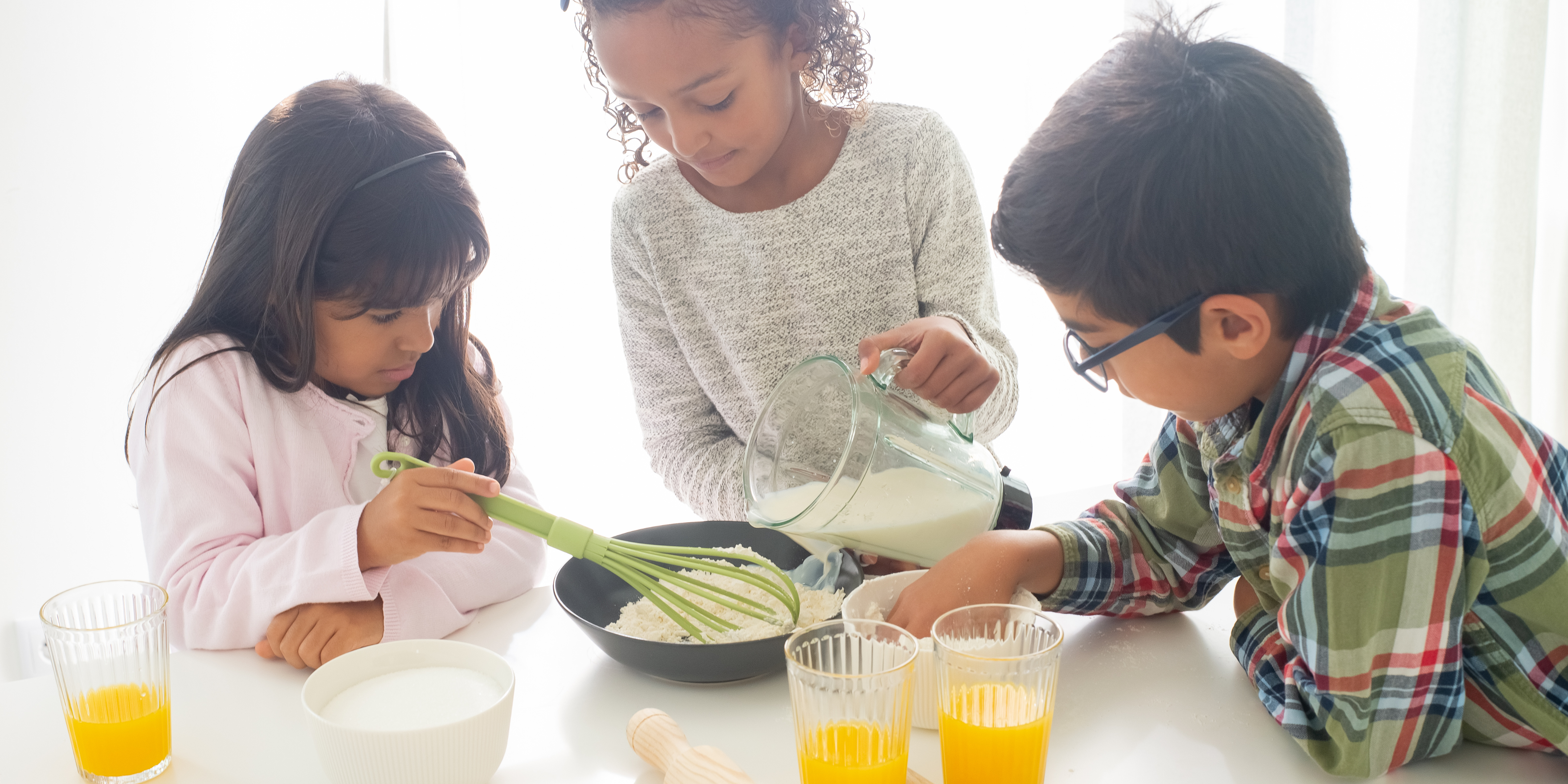A Nanny’s Guide to Teaching Cooking Skills
In the world of child development, empowering children with essential life skills is crucial. One skill that spans all ages and fosters independence, creativity, and a love for healthy meals is cooking. Join us as we explore the art of teaching cooking skills to kids of all ages and how nannies can play a vital role in this culinary journey. In this article, we will dive into the importance of introducing children to cooking, age-appropriate skills, and practical tips for nannies to guide their young charges in the kitchen.
Section 1: The Power of Teaching Cooking Skills
1.1. Building Lifelong Skills
Teaching kids to cook equips them with a lifelong skill that promotes self-sufficiency and healthy eating habits. It empowers them to make nutritious choices and prepares them for independent living.
1.2. Strengthening Bonds and Communication
Cooking together creates opportunities for meaningful bonding and communication. It encourages children to share their thoughts, explore their creativity, and develop collaboration skills.
1.3. Boosting Confidence
Mastering cooking skills enhances a child’s self-esteem and confidence. When children see the tangible results of their culinary creations, they gain a sense of accomplishment and pride.
Section 2: Age-Appropriate Cooking Skills
2.1. Toddlers (Ages 2-4)
For toddlers, focus on simple, hands-on activities that promote sensory exploration and basic kitchen safety:
Mixing ingredients (with supervision).
Spreading butter or cream cheese on bread.
Assembling sandwiches with pre-cut ingredients.
Rinsing and patting dry fruits and vegetables.
2.2. Early Childhood (Ages 5-7)
As children grow, they can take on more complex tasks with supervision:
Measuring and pouring ingredients.
Whisking, stirring, and folding.
Using cookie cutters for shapes.
Setting the table.
2.3. Middle Childhood (Ages 8-10)
Older children can handle more independence in the kitchen, provided they have proper guidance:
Chopping and dicing (under close supervision).
Following recipes with multiple steps.
Baking simple dishes like cookies and muffins.
Cleaning up after cooking.
Section 3: Practical Tips for Nannies
Here are practical tips for nannies to effectively teach cooking skills to children:
3.1. Start with Simple Recipes
Begin with age-appropriate recipes that match the child’s skill level. Gradually introduce more complex dishes as their confidence and competence grow.
3.2. Prioritize Safety
Emphasize kitchen safety, including proper handling of knives and hot surfaces. Teach children to wash their hands before cooking and to be aware of potential hazards.
3.3. Foster Creativity
Encourage children to express their creativity in the kitchen. Let them experiment with flavors, textures, and ingredients, nurturing a love for culinary creativity.
3.4. Infuse Fun into Cooking
Make the cooking experience enjoyable by incorporating games, storytelling, and music. Engage their senses and create a fun atmosphere in the kitchen.
Teaching cooking skills to children is a rewarding journey that offers numerous benefits, from fostering independence and confidence to creating lasting bonds and healthy eating habits. Nannies have a unique opportunity to guide children of all ages in the culinary arts. By recognizing the significance of cooking skills, tailoring lessons to different age groups, and implementing practical tips, nannies can empower the children they care for to embark on a flavorful and educational adventure in the kitchen.
As a nanny, you have the privilege of shaping not only a child’s early development but also their lifelong relationship with food and cooking. Through culinary exploration, you nurture their creativity, confidence, and appreciation for nutritious meals. By sharing your love for cooking and guiding them in this essential life skill, you empower them to embark on a journey of culinary discovery that will serve them well throughout their lives.
If you are interested in more article and resources that help parents and nannies, join the US Nanny Association. The Association operates as a non-profit, so membership fees go to operating costs.

